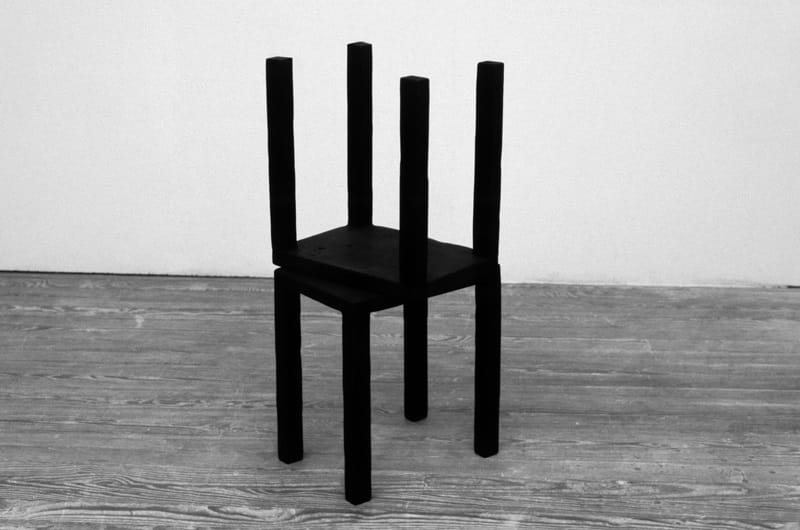Drexel Exhibits Works by Beloved Late Philadelphia Artist Bill Walton, Shared by Fellow Artists

- Breakthrough on Gene Therapy for Hereditary Spastic Paraplegia
- Drexel Environmental Collaboratory Releases Cross-Sector Findings on Severe Weather Recovery Challenges
- Student Sketches Bring Drexel’s Historic Objects to Life
- Drexel Launches the Manuel Stamatakis Center for Alternative Investments at the LeBow College of Business

Philadelphia artist Bill Walton was greatly beloved and respected as a sculptor, printmaker, teacher and friend by his fellow artists in the region and beyond. When he died in 2010, he left behind many admirers in the art world to whom he had gifted, traded or bequeathed work. Now, a new exhibition at Drexel University will display a collection of these works, which the recipients have generously shared for the first time.
Entitled “Bill Walton, artist to artist,” the exhibition will be on display in the URBN Center Annex’s Leonard Pearlstein Gallery (3401 Filbert St.) of the Antoinette Westphal College of Media Arts & Design from Tuesday, Oct. 7 to Friday, Dec. 5. The gallery is free and open to the public Tuesday – Sunday, 11 a.m. – 6 p.m. An opening reception will take place on Thursday, Oct. 9, from 5 p.m. – 7 p.m.
“It would not be a stretch to say that ‘Bill Walton, artist to artist’ is a show of Walton’s own work, curated by himself,” said Orlando Pelliccia, director of the Leonard Pearlstein Gallery and associate teaching professor in the Department of Art & Art History. “For Walton, the insightful judges of art are the people who live the creative experience every day; it was to those people that he turned to discuss his work and with whom he shared it. The body of work shown here represents Walton’s personal consideration and respect for the artists chosen to receive it.”
Walton’s art borders on minimalistic. His hand-size wall assemblages and slightly larger floor works often involve a combination of opposites, such as pairing rugged elements with those that are more delicate or found materials with those that have been manipulated.
In a review of his work, The New York Times said of the artist, “Walton had an uncanny sensitivity — a painter’s sensitivity — to the texture, weight and color of materials and their light-absorbing or reflecting powers. His works are all about contrasts and balances: wood with metal, raw with painted, shiny with matte, line with plane, folded with volumetric.”
Scale and time are also important factors in Walton’s work, as he did not date his pieces so that they could be in constant evolution. Denying the trend toward huge pieces, Walton believed that smaller works were more accessible, less expensive to make and easier to store.
Over the course of his career Walton became disenchanted with the commercial commodification of art. He felt that the curiosity, exploration and discovery that he valued in making art had become perverted by market pressure and he removed himself from that world to concentrate his relationships among other artists, craftspeople and fishing pals. This show reflects his side of that conversation.
Walton, who taught at Drexel from 1972-74, spent many years teaching printmaking at Moore College of Art. His work has been exhibited at The Philadelphia Museum of Art, Pennsylvania Academy of Art, The ICA, Phila., White Box Gallery, NYC, Margaret Thatcher Projects, NYC, Locks Gallery, Phila., Larry Becker Contemporary Art, Phila., and many others. His estate is represented by The Fleisher-Ollman Gallery, Phila. Bill Walton, designed by Walton and edited by Richard Torchia, was published by Arcadia University in 2006.
The Leonard Pearlstein Gallery, part of Drexel University’s Westphal College of Media Arts & Design, is committed to exhibiting novel and experimental art in all contemporary mediums including digital, video, sculpture, photography, graphics and fashion design. Located in Westphal College’s renovated URBN Annex, the Pearlstein Gallery has over 3,500 square feet and invites the public to view exhibits free of charge. For more information, click here.
Drexel News is produced by
University Marketing and Communications.